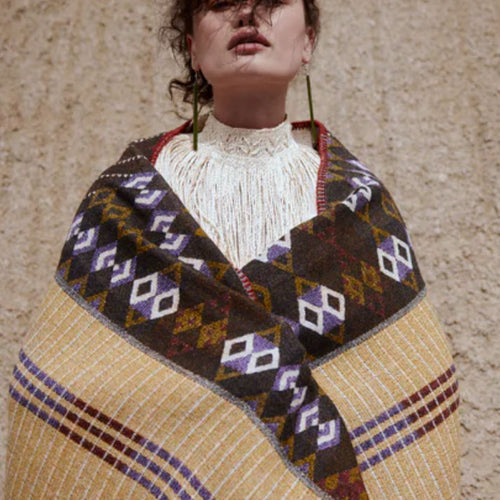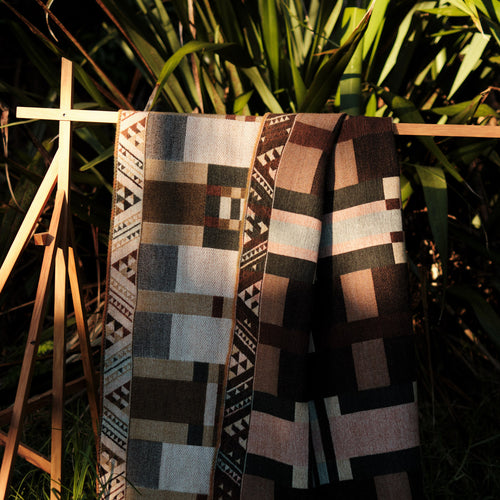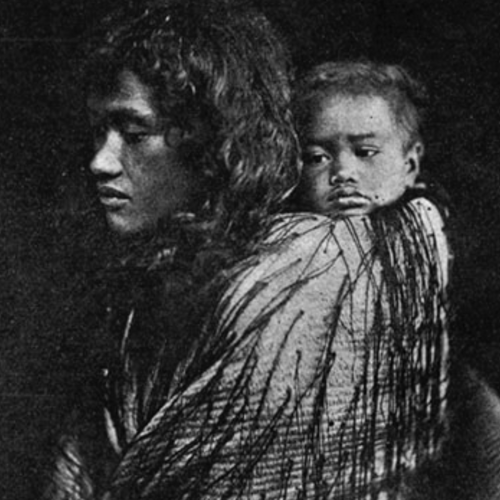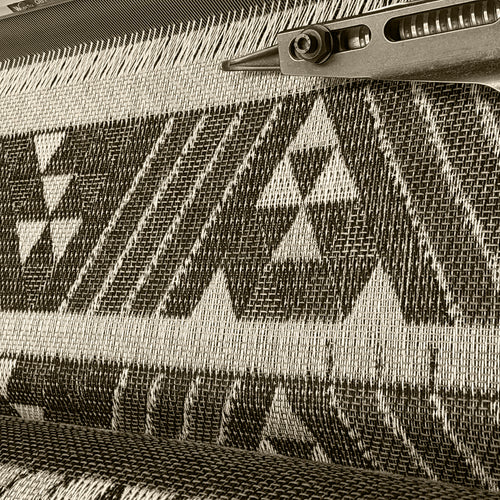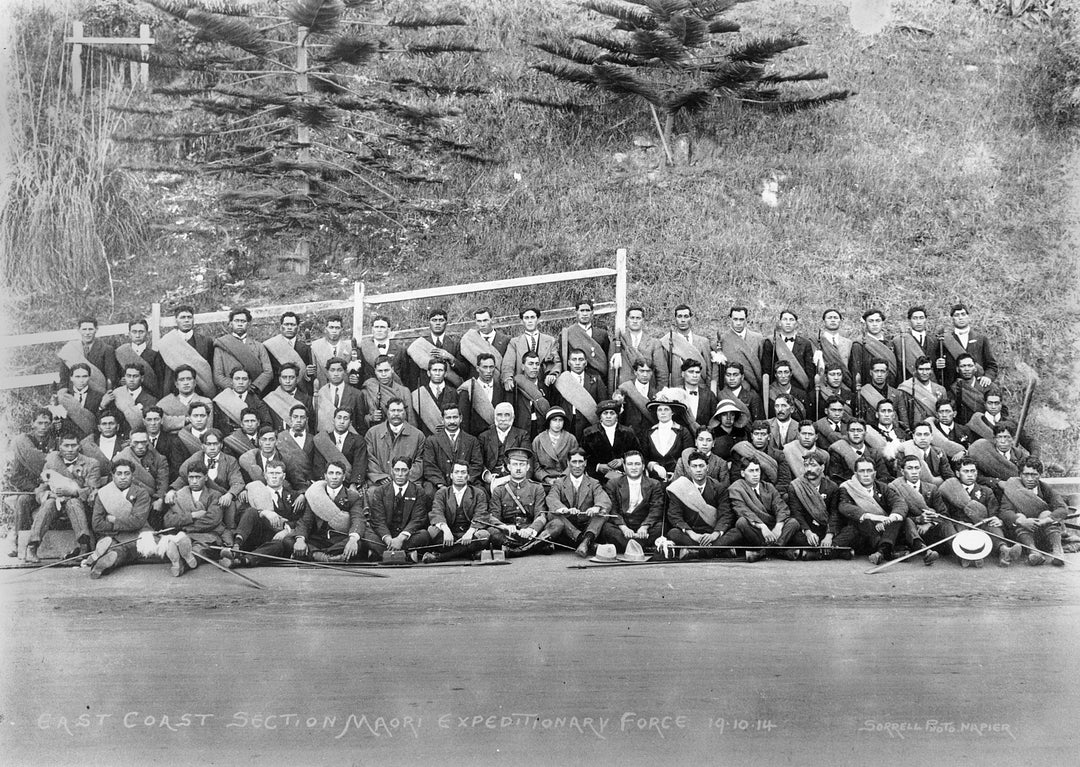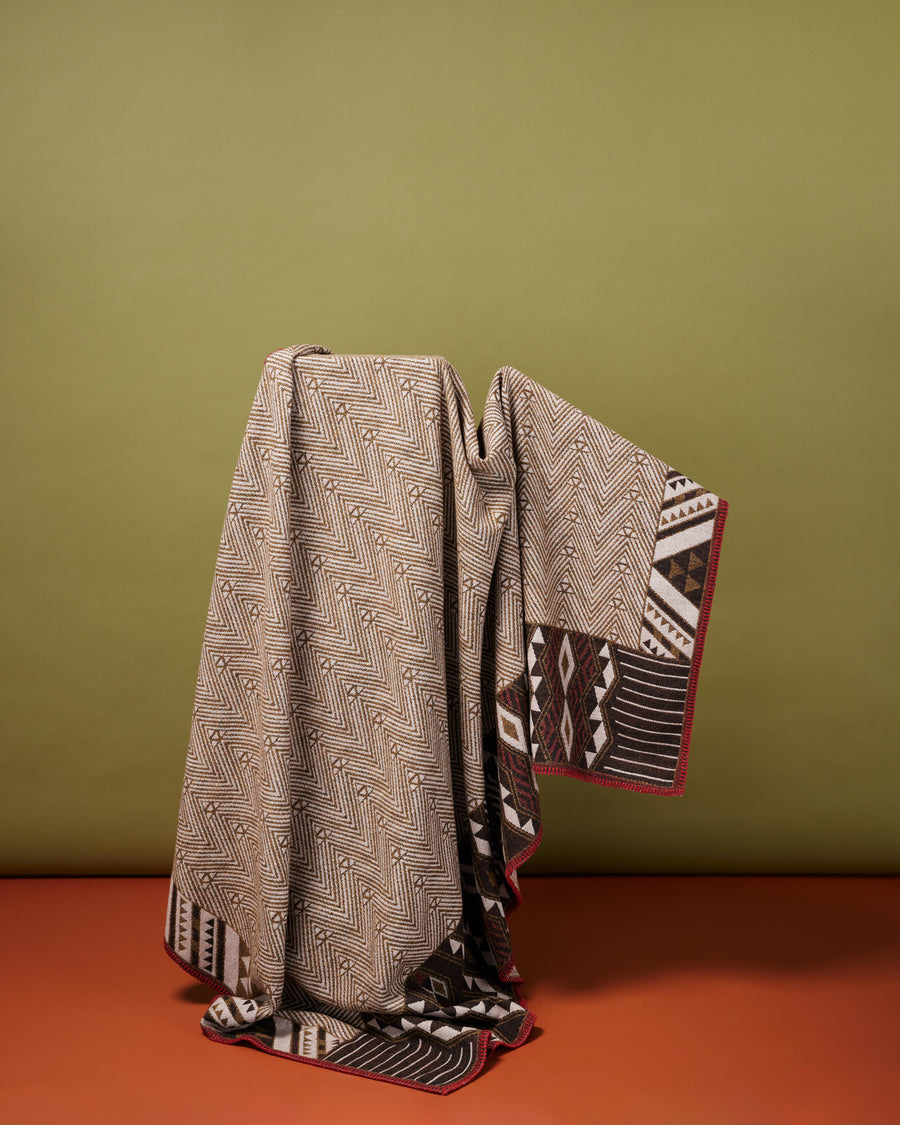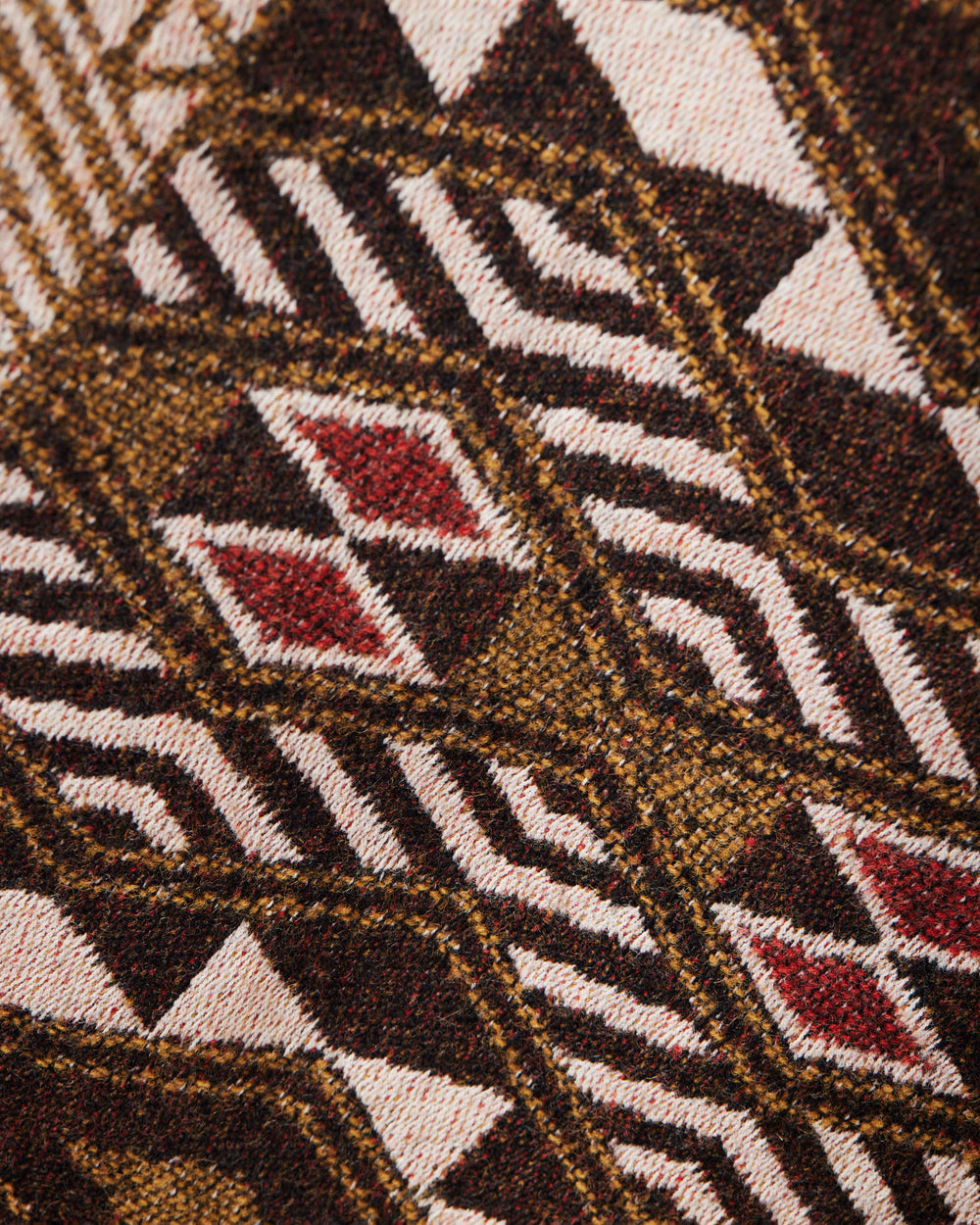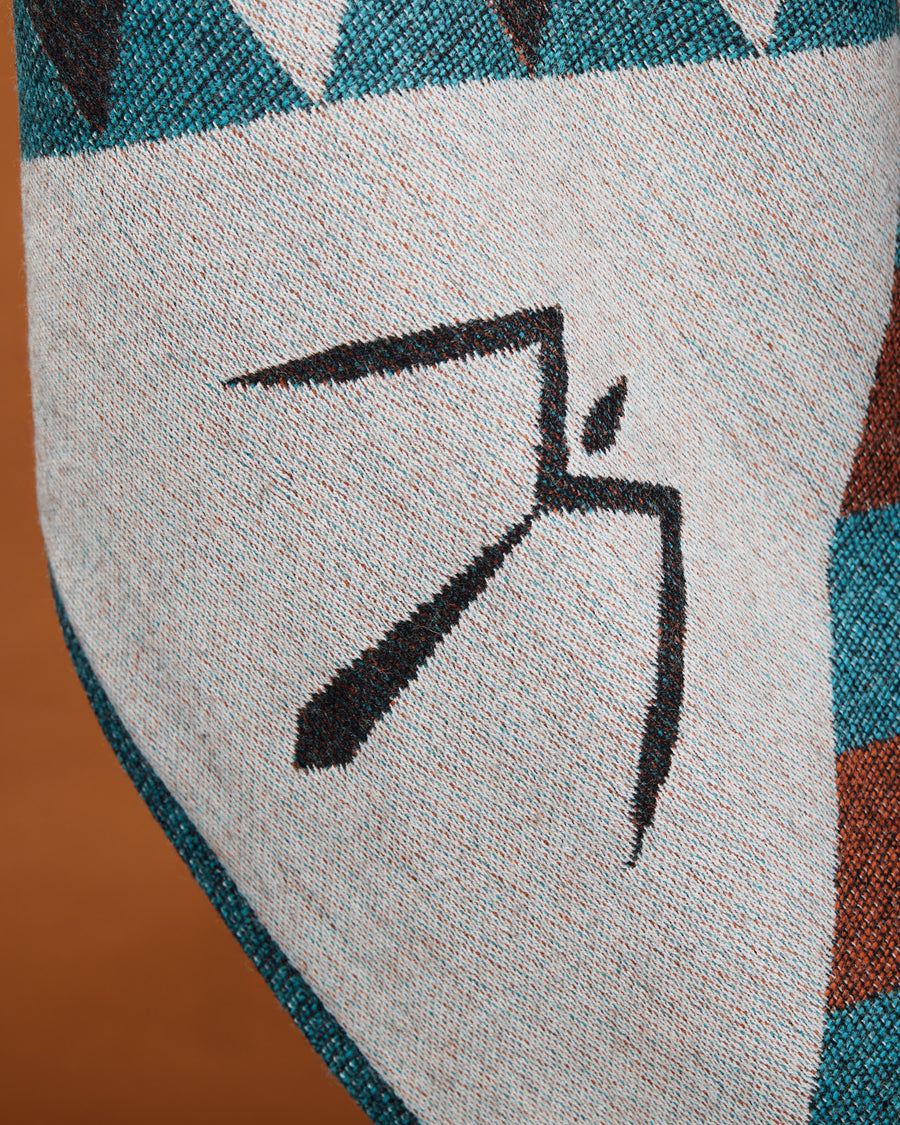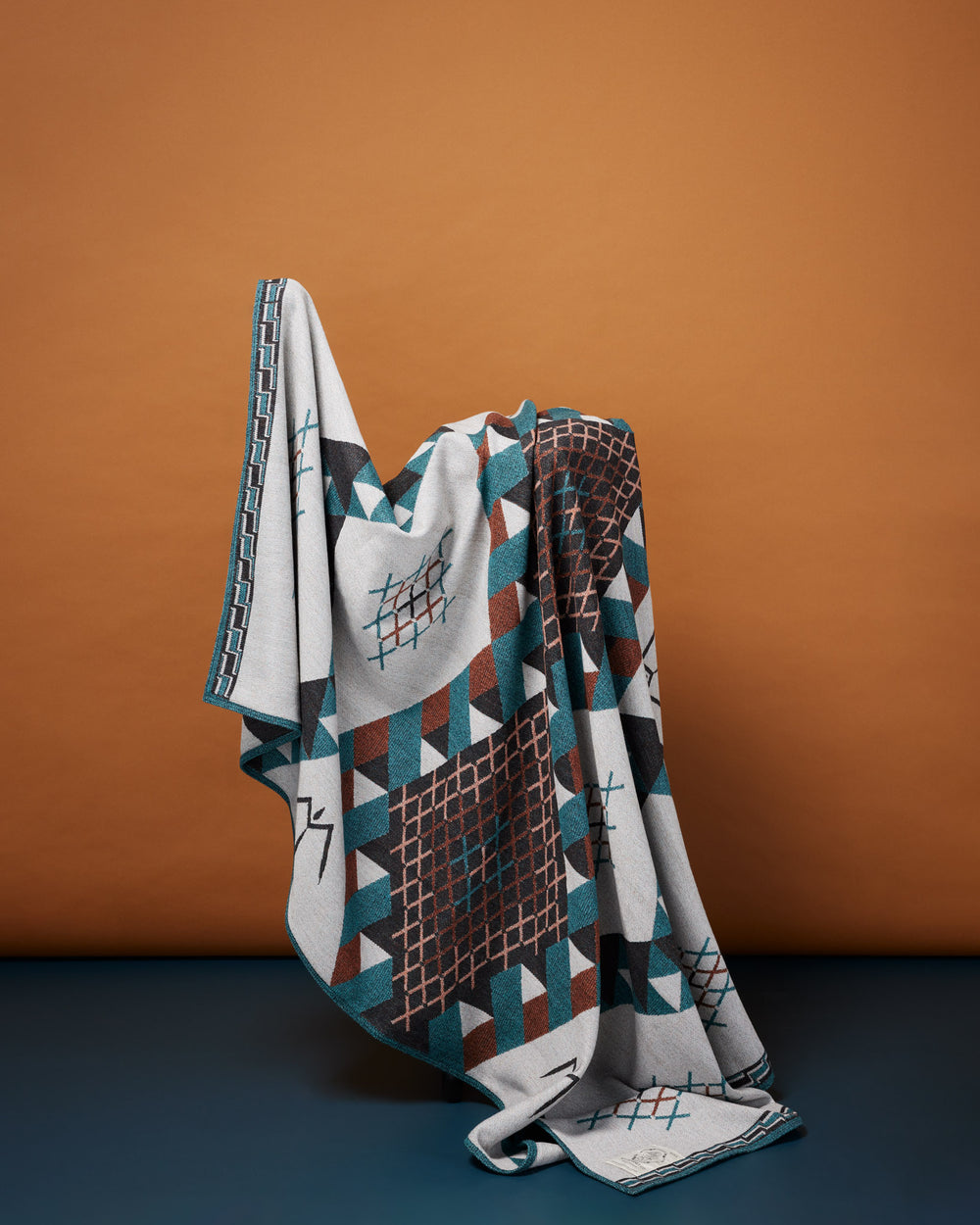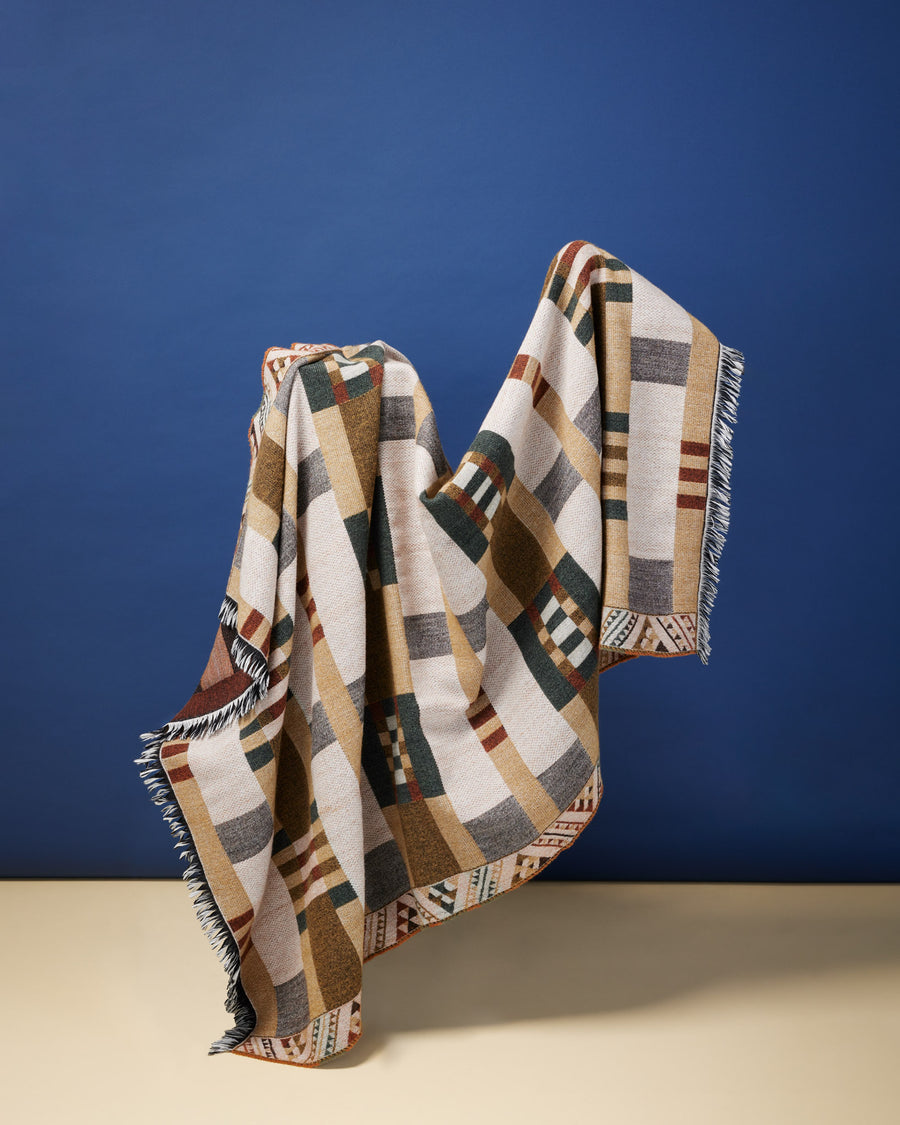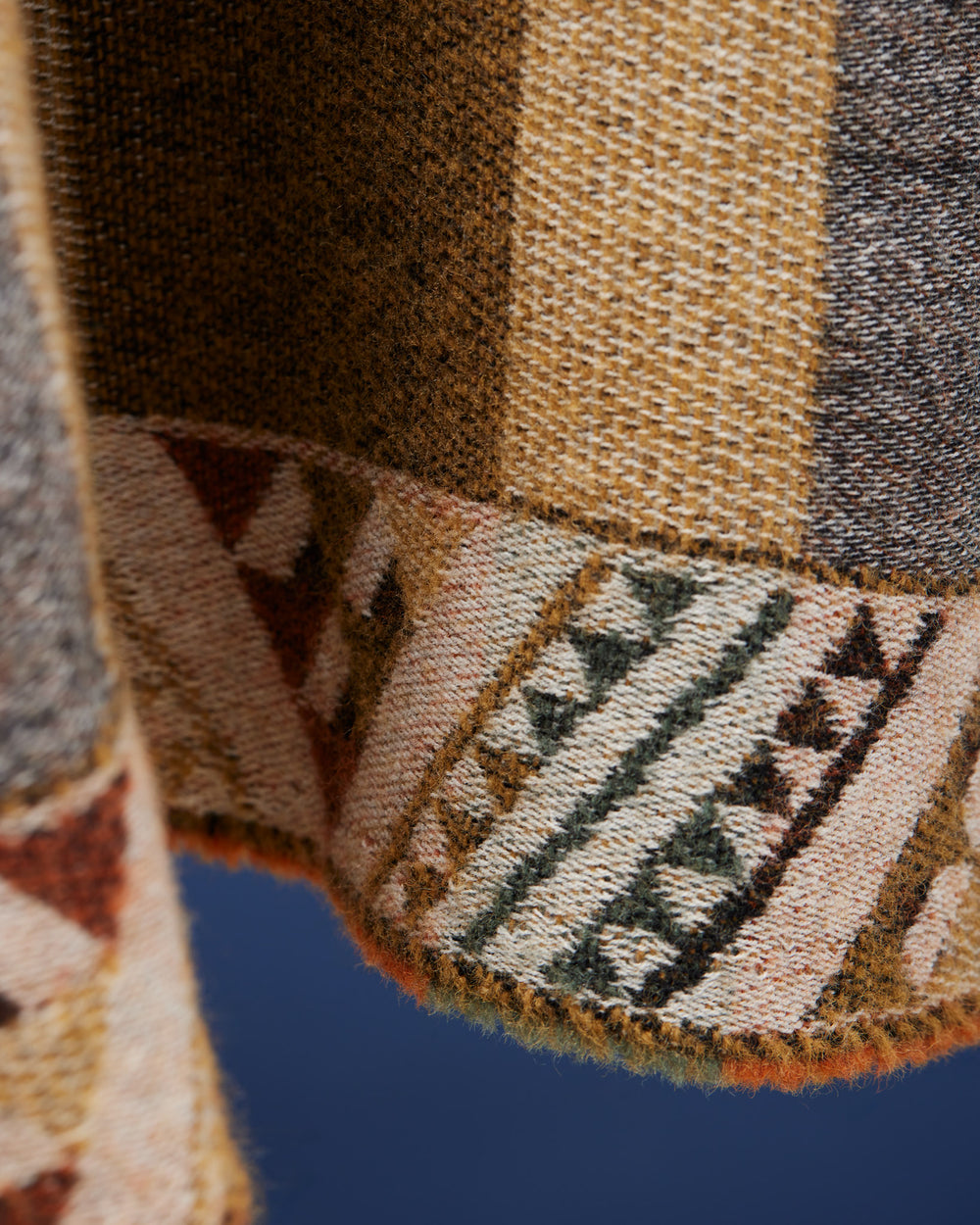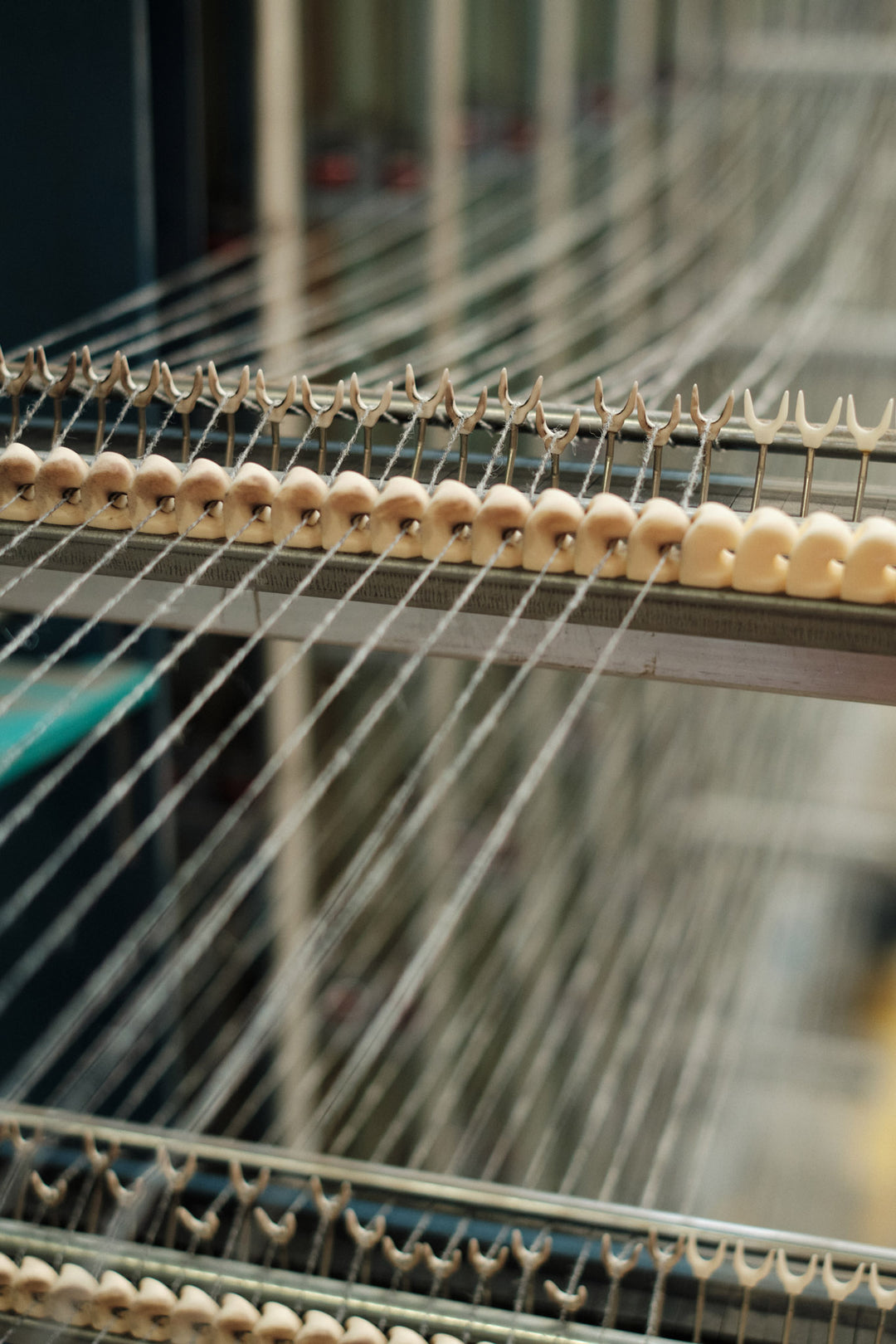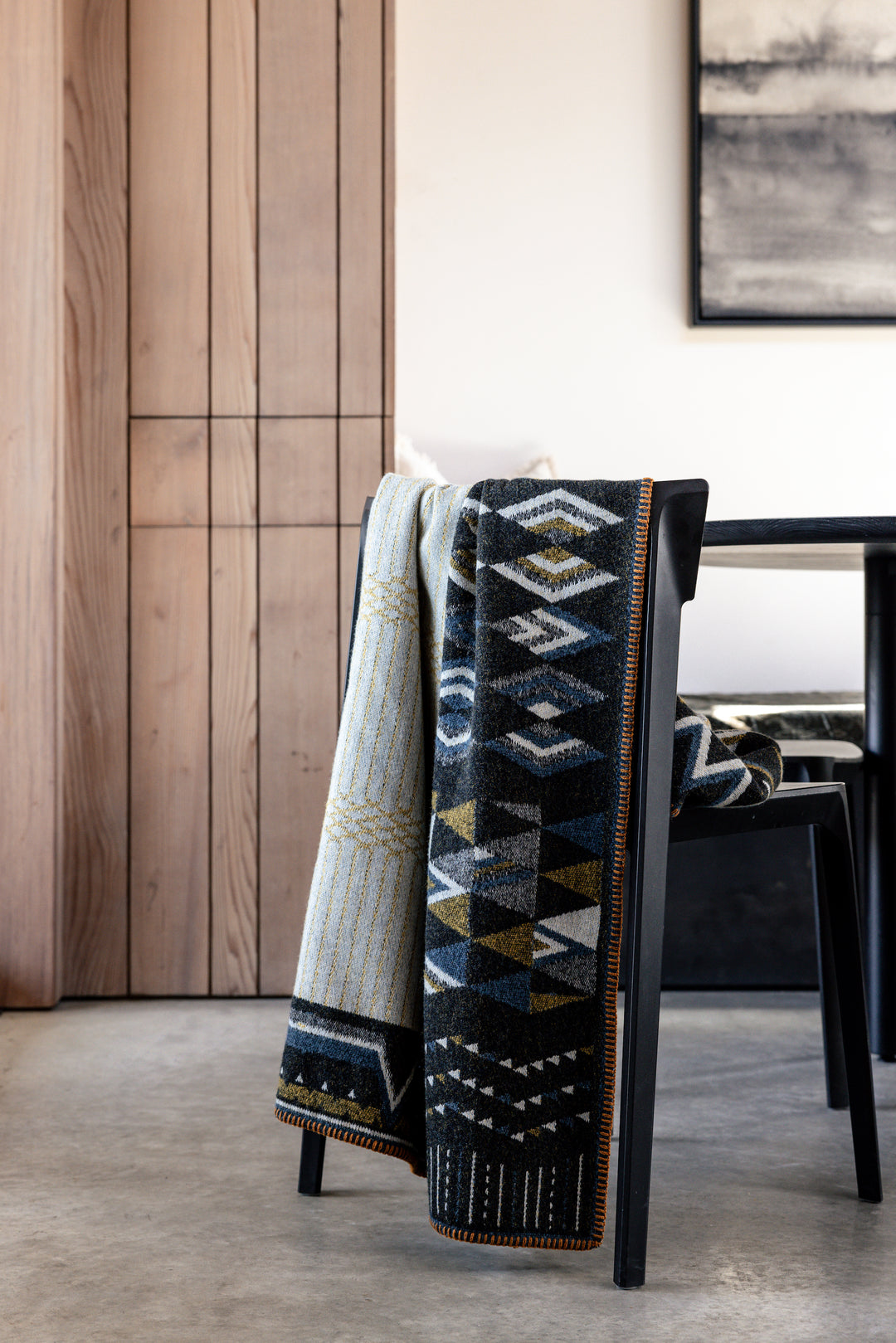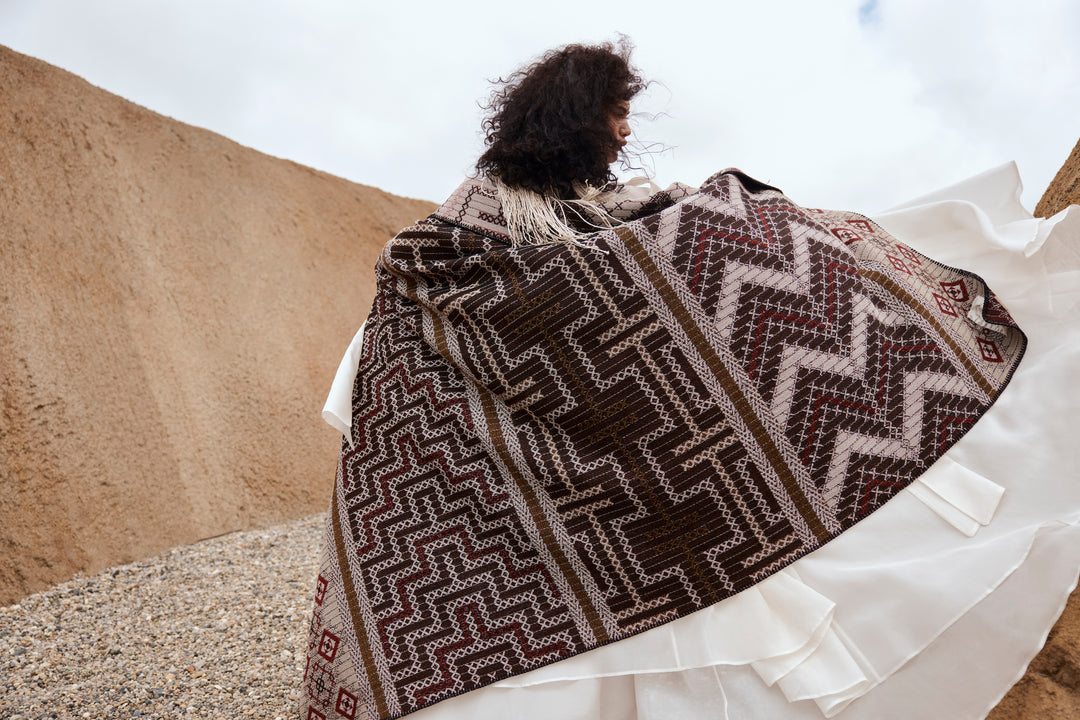A proud and humbling day each year where we recognise the courage, grit and determination of Australian and New Zealand men and women who took part in the fight for our freedom in WW1, WW2 and the Boer War. In Tauranga, ANZAC Day is followed closely by local NZ War commemorations; a solemn time of the year in the lead up to Matariki. ANZAC begins a period of remembrance for us, every year.
In the dark before dawn we wrap ourselves in wool blankets and gather to reflect on the atrocities of war, to remember those who died and honour the contributions of returned service personnel.
The ANZAC story also reflects another thread in our wool heritage.
From its introduction by early traders, the wool blanket became a highly valued item amongst Māori, featuring heavily as common attire across the settler period and the imperial invasion resulting in the NZ Land Wars of the mid 19th century. Like Māori, the wool blanket endured.
With the establishment of industrious wool mills like Kaiapoi, Omahu and Onehunga, the wool blanket was woven en masse to provide warmth and comfort for our soldiers of WW1. A mere 50 years following the NZ Land Wars, a stark reminder of how young a nation we really are.
Many Māori who survived the NZ Land Wars would hear the call to arms of a fledgling nation, built upon their own confiscated lands. They would come to fight side by side with the very people who had oppressed & colonised them, against another oppressor in a war that many Māori believed was not their own. Despite bleak race relations and the social prejudices of the time, young Māori men across the country willingly enlisted, some individually with the NZEF, whilst others were forcibly conscripted.
After a second appeal in the New Zealand House of Representatives, the five Māori parliamentarians of the time were successful in their request for a Māori Contingent. Prime Minister, Bill Massey, reminded parliament, "Our Māori friends are our equals in the sight of the law. Why then should they be deprived of the privilege of fighting and upholding the Empire?" The recruitment of the 500-strong Māori Contingent was left to the Māori members of the House, including Sir Apirana Ngata, pictured here with the Gisborne-East Coast volunteers for the Maori Contingent, in Napier on 19 October 1914. Note many of the men are clad with their issued wool blanket and holding taiaha. Image courtesy of Tairawhiti Museum.
Much was expected of the young men in the Māori Contingent, 'Te Hokowhitu a Tū', who carried themselves with pride across Egypt, Malta and Gallipoli to Europe, and finally their homecoming in April 1919. From the spine-chilling haka performed before the contingent went into its first fight below Chunuk Bair in 1915, to the Māori soldier who defied orders and was among the first to enter Le Quesnoy in November 1918, these men set the standard for Māori and Pākehā alike. In particular for their sons and nephews, who would carry their mantle into the Second World War. The wool blanket would feature again as an important part of a soldier's kit, wrapping our servicemen in a woven piece of home.
This year and every year, from a place of warmth and comfort, we remember the great sacrifice these men and women made for us to live our lives in peace.
They shall grow not old, as we that are left grow old:
Age shall not weary them, nor the years condemn.
At the going down of the sun, and in the morning,
We remember them.
E kore rātou e kaumātuatia
Pēnei i a tātou kua mahue nei
E kore hoki rātou e ngoikore
Ahakoa pehea i ngā āhuatanga o te wā
I te hekenga atu o te rā
Tae noa ki te arangamai i te ata
Ka maumahara tonu tātou ki a rātou
Ka maumahara tonu tātou ki a rātou
